Biomedical waste poses serious health, environmental, and legal risks if not managed properly. In Kenya, improper handling of hospital and clinic waste has led to public health incidents, pollution, and regulatory crackdowns. One of the most crucial practices in safe biomedical waste management is waste segregation at the source.
At Kejani Cleaning Services Limited, we emphasize strict adherence to biomedical waste segregation in all our healthcare cleaning protocols. In this guide, we explain why biomedical waste segregation matters, the categories of waste, color coding standards, and how your facility can remain safe, clean, and compliant.
What Is Biomedical Waste Segregation?
Biomedical waste segregation is the process of separating different types of medical waste at the point of generation—such as wards, labs, theaters, and pharmacies—based on the waste’s composition, contamination level, and disposal requirements.
Segregation helps:
-
Avoid cross-contamination
-
Improve safety for healthcare workers and cleaners
-
Reduce the cost and volume of hazardous waste
-
Ensure regulatory compliance under OSHA, KEBS, and NEMA guidelines
Why Is Segregation of Biomedical Waste Important?
1. Protects Public Health
When infectious and non-infectious wastes are mixed, all of it must be treated as hazardous. Proper segregation ensures only genuinely hazardous waste receives special treatment, while general waste remains safe to handle and dispose of.
2. Reduces Environmental Pollution
Non-segregated biomedical waste dumped in landfills may leach toxins or harbor pathogens. Segregation enables eco-friendly practices like autoclaving, incineration, or recycling.
3. Prevents Injury and Infection
Sharps like needles or broken glass can cause needle-stick injuries or spread diseases such as Hepatitis B, C, or HIV. Clear segregation ensures these go into puncture-proof containers.
4. Enables Efficient Disposal
Different waste types require different treatment:
-
Infectious waste is incinerated
-
Non-hazardous waste is sent to municipal landfills
-
Recyclables can be recovered
Without segregation, treatment becomes expensive, and resources are wasted.
5. Supports Legal Compliance
In Kenya, facilities that fail to segregate biomedical waste may face heavy penalties under NEMA, KEBS, and Ministry of Health regulations. Segregation is a core part of hospital audits and accreditations.
Categories of Biomedical Waste
According to WHO and adopted Kenyan healthcare standards, biomedical waste can be classified into:
| Category | Examples |
|---|---|
| Infectious Waste | Swabs, surgical waste, cultures |
| Sharps | Needles, scalpels, lancets |
| Pharmaceutical | Expired drugs, vaccines, syringes |
| Chemical Waste | Lab reagents, disinfectants, solvents |
| Pathological | Human tissues, organs, body parts |
| Radioactive Waste | Contaminated materials from oncology labs |
| Non-infectious | Kitchen waste, papers, packaging |
Biomedical Waste Color Coding System in Kenya
Kenya follows a color-coded waste bin system similar to international standards to simplify segregation:
| Color | Waste Type | Bin Type |
|---|---|---|
| Yellow | Infectious/pathological waste | Pedal or wheelie bin |
| Red | Highly infectious/anatomical | Biohazard bin |
| Blue | Pharmaceuticals | Sealed pharma bin |
| White | Sharps | Puncture-proof box |
| Black | General waste (non-infectious) | Regular bin |
| Purple | Cytotoxic (chemotherapy waste) | Leak-proof container |
Note: Liners inside the bins should match the bin color to avoid confusion.
How to Implement Biomedical Waste Segregation in a Healthcare Facility
✅ 1. Train All Staff
Doctors, nurses, lab techs, and cleaning personnel must be trained in:
-
Waste categories
-
Bin color coding
-
Handling procedures
-
PPE usage
✅ 2. Use Proper Containers
Each department should have:
-
Clearly labeled and color-coded bins
-
Pedal-operated lids for hands-free use
-
Secure, lockable lids for hazardous waste
✅ 3. Provide Protective Gear
Staff handling biomedical waste should wear gloves, gowns, masks, and protective eyewear to minimize contact risk.
✅ 4. Label and Track Waste
Bins should have hazard symbols and waste type labels. In larger facilities, use barcoding to track disposal.
✅ 5. Partner with a Licensed Disposal Contractor
Ensure your waste is collected, treated, and incinerated by a contractor licensed by NEMA and MOH.
Kejani Cleaning’s Role in Biomedical Waste Management
At Kejani Cleaning Services Limited, we support medical facilities in Kenya with:
-
Supply of color-coded clinical bins and liners
-
Hazardous waste bin labels
-
Scheduled deep cleaning for medical bin areas
-
OSHA and NEMA compliance consultation
-
Safe collection and disposal coordination
🔗 Browse Medical Waste Bins & Supplies
Frequently Asked Questions
Q: What happens if waste is not segregated?
A: It becomes difficult to treat, poses health hazards, increases disposal costs, and may attract fines from environmental regulators.
Q: Can I mix infectious and general waste in an emergency?
A: Only in extreme emergencies and it should be handled as infectious waste afterward.
Q: Are biodegradable liners allowed?
A: Yes, provided they are durable and fit for the specific waste category. KEBS-approved liners are recommended.
Conclusion
Biomedical waste segregation is not just a compliance issue—it’s a critical part of saving lives and protecting the planet. Every facility, from large hospitals to small clinics, has a role to play in maintaining proper waste streams. Through professional training, the right tools, and consistent practices, your facility can become a model of hygiene and environmental responsibility.
Trust Kejani Cleaning Services Limited to support your facility with high-quality clinical waste bins, waste collection plans, and expert cleaning services.
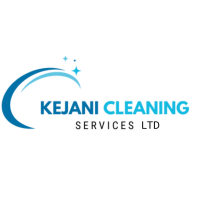
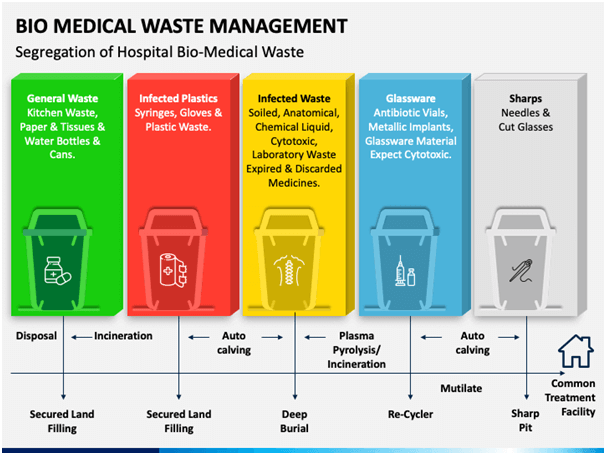
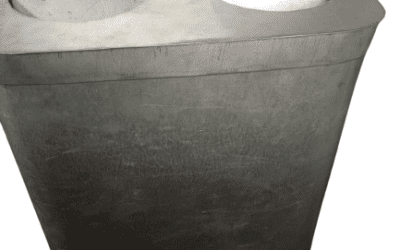
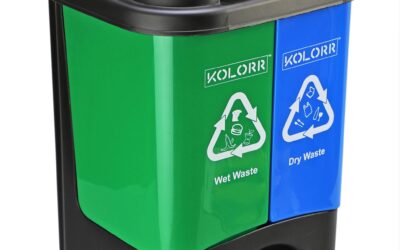
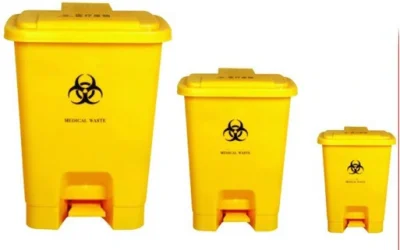
0 Comments